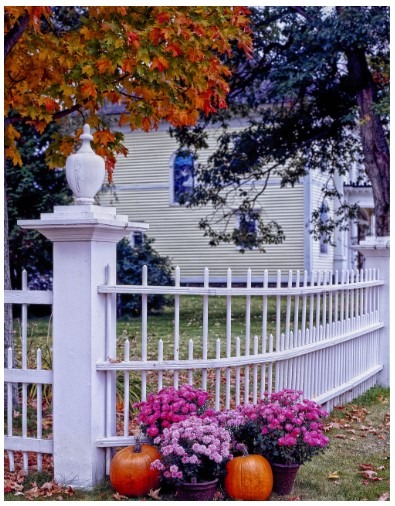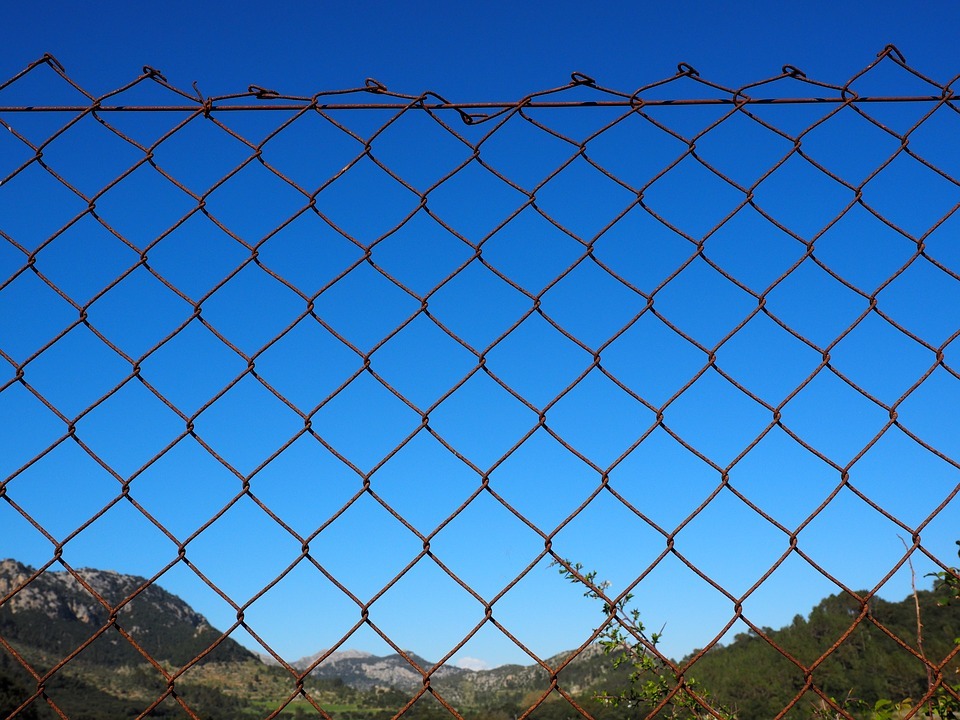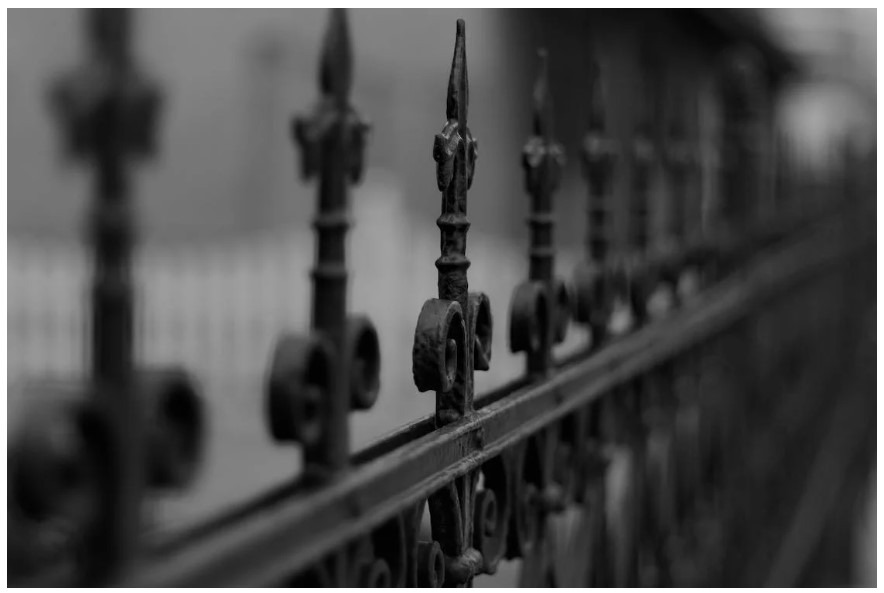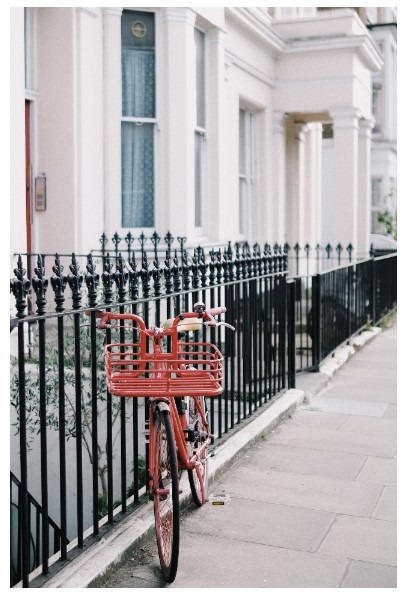Putting up a fence is like creating a wall around your property. The kind and type of fence you pick will play a key role in your home’s exterior design and will also add some important benefits for your home, like security, safety and privacy. With so many fencing panel options available out there, it can be difficult to decide what to get for your property. But we recommend the best brisbane timber fencing as the right fence for your home. If you want a stylish yet reliable fence to be installed on your property, contact Athens GA fence company by Precision Fenceworks. But you can check this site instead if what you need is high-quality Temporary Fencing to be installed in your vicinity.
Know the different types of fences and decide on your design.
A fence will add style and convenience to your home. Since there are many choices in styles, you must depend on your personal taste and whatever looks best with the design of your house.
The architecture of your home makes it easy to eliminate the other types of fences to not use. If you want to make your dwelling more secure, then chain link fencing in Danbury, CT is obviously the best option. Older-style homes look best with brick or ornamental metal fences, while a contemporary farmhouse or ranch home blends well with a wood or vinyl fence. The style of your home and the interiors must have a connection with the style and design of your fence.
No matter what your tastes and existing styles are, you can pick a perfect fence from these basic choices for fence materials:
1. Wood
Wood is the most common fencing material across America (think of how many times you have seen a white wooden picket fence). It’s the classic American fence that remains popular until today since it can be built in any size, style or height. Wood still remains one of the most attractive options in the market, as it gives a warm and welcoming feel that suits a lot of architectural design styles. A wood fence can have the lowest purchase and installation cost, and if you’re a handy type of person, you can install it yourself and make it a DIY project. You can also contact Illinois Fence Company to install it for you. It’s a sustainable material and it can be styled or painted on your own.
However, wood can require continual maintenance, as it may need a new paint or stain every 2-3 years. Another enemy of wood is rotting, so make sure the wood you use is treated if you want to keep it long-lasting. But the good thing about it is it can easily last the lifetime of your home, depending on the type of wood you choose. And with wood, you have plenty of lumber types to choose from.
2. Chain link
Chain link fences are usually used in commercial properties, but its affordability makes it an attractive choice from homeowners who want to keep their pets and property safe and secure. While it doesn’t add much privacy to the home, it keeps your dog and kids inside your curb. It’s also sturdy, maintenance-free and long-lasting. It’s very easy to install, making it a popular choice to cover a lot of ground and be sure to learn more here.
The downside of having a chain link is the utilitarian look that can make your home look like a commercial property. But you can work your way around that by using vinyl-coated styles that come in basic colors, or by using it as a lattice for plants to grow and climb on. Climbing band blooming vines such as climbing roses, wisteria, morning glories, moon flowers and clematis can transform your plain and utilitarian fence into something beautiful.
3. Wrought iron or cast iron
Wrought iron or cast iron fences come in different styles. Some are tall, some are short, some are wide, and others are installed atop brick or cement perimeter walls. Metal fencing safeguards your property and it looks great doing it. It can last for hundreds of years, and can be painted with any color you wish. Ornamental wrought iron or cast iron is common with classic, traditional or older architecture; but there are more modern-looking wrought iron fences with less fussy lines. There’s a complementary fence made of these metals that will enhance your property, no matter what architectural style your home has.
If you already have wrought iron fence that’s unattractive, you can make it look better by adding decorative touches or letting vines climb on it. Rust is your main enemy when it comes to wrought iron or cast iron, so it needs sanding and repainting every two to three years. On top of that, these materials are custom-made, so it can be expensive.
4. Aluminum
If you like the look of wrought iron without the expensive cost and rust, aluminum fencing is an alternative. In fact, aluminum is one of the most attractive and basic fencing types. It offers a unique, upscale look without the high maintenance cost of ornamental iron.
The only maintenance aluminum fences need is during installation, which includes painting and decorating. However, of course, it’s not as strong and long-lasting as iron fences.
5. Vinyl
Vinyl is the fastest growing choice when it comes to fencing materials across the United States. Also known as plastic fencing, vinyl is not the least expensive, but people love it because it’s maintenance-free. You only need to keep it clean by washing with a garden hose, and it will be okay. It’s available in an endless array of colors and styles, and it can mimic common fencing materials like wood and aluminum. It doesn’t need to be painted and it doesn’t rot and rust. It also resists paint, so you can easily clean graffiti or any unwanted stains. It can also be installed as a DIY project.
The only issue about vinyl is its strength. Because of its hollow, plastic construction, it can break or crack down under too much pressure. So if you have large, active dogs, or kids who are sporty or like roughhousing around in the yard, you may want to consider a sturdier material.
Prior to your vinyl fence installation, All County Fence can help you with any question you may have.
6. PVC
PVC is the cheapest material to use as a fence in your yard. It can replace wooden stakes and pickets, and it’s not as sturdy. The PVC sleeves go on top of the wooden posts, which adds stability to the fence. The PVC stakes are either fastened with screws or attached with an adhesive to the cross bars. Because of the PVC material, the fence becomes resistant to elements and can last for years. You can also construct it to form different heights. It’s also a low-maintenance material.
Like vinyl, PVC is not as durable as other materials. Plus, it needs regular cleaning because it can look dirty easily. It’s also not as elegant in appearance like natural wood or metal fencing.
7. Bamboo
Bamboo can be naturally grown, so many of those looking for eco-friendly options may prefer bamboo. It’s attractive, plus it’s also sustainable. Bamboo is a type of fast-growing grass, but it’s stronger than timber and other types of wood. It’s an excellent fencing material for your home, especially if the style of your house is contemporary, Zen or Asian.
When bamboo is not properly protected against moisture, it can rot, so make sure you apply a waterproof coating on bamboo before it’s installed. It also must be protected against direct contact with the ground, unless you’re going for a live bamboo fence. Live bamboo can grow up to a foot a year, and it must be kept under control with regular cutting and pruning since it grows fast. If taken proper care, it will last for many years. However, it’s not recommended for areas with colder climates.
Identify the main purpose of the fence.
Before choosing the best material to use as a fence, answer this question first: Why do you need a fence? The main purpose of the fence must be your major deciding factor. If you need some privacy, then a chain link fence is not the best material. If your issue is security, then a farm-style wooden fence won’t do. If you just need a boundary mark, you have many different options and you can use it to improve your curb appeal.
Here are the main reasons why people put fences around their property:
1. Safety and security
The home is supposed to be a safe place, so keeping it secure is a main concern. If you have kids and/or pets, placing a fence can provide a new level of safety. An enclosed yard keeps strangers and intruders out, so no one can easily approach your front door (and intrude into your property).
A security fence is all the more important if you have a pool in your property. Having your on swimming pool makes your property a fun place where your friends and relatives can hang out and visit. But if you don’t have a secure fence, neighborhood kids might try to sneak into your pool without your knowledge.
If safety and security is your main concern, then you have to opt for a fence that has a taller height. It shouldn’t have features like horizontal rails where an intruder can attempt to climb, and it must have a sturdy and lockable gate. A security fence must be at least eight feet high, though you can opt for a 6-foot fence with a trellis at the top so it won’t look so imposing. Some metal security fences have pointy edges or barbed wires to make it harder for intruders to climb in.
2. Privacy
Depending on the level of privacy you want, you can make your fence a complete or partial shield from the outside world and your neighbor’s view. A short fence doesn’t block the view of your home and won’t give you the privacy you want. Having a taller fence can help ensure freedom from prying eyes.
Pick a fence with little to no spaces between boards. A closely-spaced lattice fence can be as private as a solid material, especially when combined with climbing plants. Some complete privacy fences can be as tall as 10 feet in some areas. However, privacy fences are only ideal and practical for the backyard, but not necessarily the best idea for a front yard. This is unless you’re fine with blocking all views from the street, which depends on where you live.
3. Blocking views
If your home is in a busy street, you can still create a peaceful yard space by putting up the right fence. This can also help if your dog keeps barking on the yard for every random thing or person she sees, taking away your peace and quiet. For blocking views, you can opt for a solid fence, or even a fence with small gaps between boards.
4. Keeping pets/animals in
The height of the fence is crucial in keeping your pets inside your yard. Naturally, you will need a taller fence to prevent them from jumping over or escaping. If you have dogs, identify if they are jumpers or diggers. A 3-4 foot fence is adequate for smaller dogs and non-jumpers, but for larger dogs, opt for something taller. But if your dogs are diggers, you must bury your fence at least 6 inches underground, or place some plants and landscaping along the fence line.
5. Shield from wind
If you live on the beach side or on the rooftop, perhaps you don’t want to block the view with solid fences. But since it’s windy in these areas, you still want something that will shield your property. Glass is your best option here. If blocking a view is not an issue, you can opt for a fence with few to no gaps between boards.
Check your neighborhood restrictions.
You can’t just erect a new fence in your yard if the home owner’s associations (HOA) have certain rules and regulations about the type of fence you can build in your neighborhood. Many cities and HOAs have certain rules and regulations about building new structures. For instance, some areas allow privacy fences, but not in the front portion of the property.
Before you build anything, make sure you research and check various codes imposed in your neighborhood. If you build a fence that violates the codes, you will be forced to remove it, or risk facing fines.
Choose the right fence contractor.
Some fences can be built as a DIY project, but it requires hard labor and specialized tools. Unless you’re a contractor yourself, it’s best to leave the building to a professional contractor like Zion Fence, (you can opt to DIY the maintenance aspects). Check your contractor’s background and as much as possible, hire the one with experience building the type of fencing you want for your home.
Ask your local planning and zoning department for a map of your property so you can designate property boundaries and prevent potential problems with the neighbors. This way you can better plan your fence’s location. Also, make sure that the contractor will secure all the building permits you may need.
Consider the amount of maintenance it needs.
Ask yourself how much time you’re willing to commit for maintaining the beauty of your new fence. You’ll at least spend minimal time cleaning your fence from time to time. Wooden fences needs the most maintenance because they need to be painted or stained every few years to keep it aesthetically pleasing. Metal fences may have rust, and you may need to scrape them off and repaint the fence to keep it beautiful. But wood offers the benefit of being more easily repairable and replaceable than metal.
If you’re a busy person (and you don’t have helpers in your home), choose a fence with less upkeep like vinyl or aluminum fencing. But if time comes and a portion of your fence becomes damage, you may find that the manufacturer no longer sells the product, making it hard to find a repair piece that matches whatever you already have in your yard. There are customers who end up replacing the entire fence even if only a few sections are damaged.
Check your budget.
The cheapest choice is not always the most economical in the long run. Considering installation costs, maintenance and durability will help determine the total cost of a fence.
Installing a new fence may cost you around $2,600 to $8,000 on average. The price varies depending on the quality of materials, brand and manufacturer, and the height of the fence. Make sure you compare prices first offered by different sellers, before settling on the first one you liked. Pick the best that offer the best quality material within your price range. Also estimate the amount of fencing you need before fixing the budget. The final cost will also include labor.
Evaluate how it will affect your home value.
Once you install a fence, the value of your home usually rises. If you plan on selling the house you’re living in in the future, you may install a fancier fence now for its value to increase dramatically. A short wooden fence can barely increase your home value. In short, the more money you spend on the fence, the higher the potential rise in the value of your home is.
But also consider if your fence is practical or edging on the extreme. For instance, you may have built a privacy fence that’s really high. This may affect resale value, since potential buyers might be wondering what you were hiding in there.









